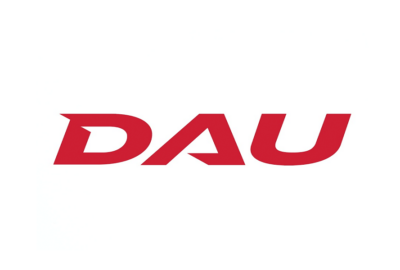DoD’s acquisition workforce is stretched thin
“If I worry about one workforce, it’s the contracting workforce,” said Doug Bush.
While the Defense Department’s acquisition budgets have grown significantly in recent years, there are not enough contracting officers to manage their ever-increasing workload.
The Army, for example, has about 9,000 acquisition workers, but they have been stretched thin since their workload has doubled in the last couple of years.
Doug Bush, the Army’s acquisition chief, said the service is currently focused on giving its contracting officers better technology and tools to increase efficiency, but more people are needed to provide acquisition support to the Army.
“If I worry about one workforce, it’s the contracting workforce,” Bush said during a Senate Appropriations Subcommittee on Defense hearing on Wednesday.
“They doubled their workload, frankly. They did COVID and then they rolled straight into Ukraine. I think [we need] a little help in both realms. Efficiency investment and perhaps some more people would be warranted.”
Bush said they would not be able to beef up their acquisition workforce in the coming year with the current level of funding.
Undersecretary of Defense for Acquisition and Sustainment William LaPlante said that the department is in the midst of rebuilding some parts of its contracting workforce.
Several factors contribute to the department’s acquisition worker shortage. The Defense Department’s acquisition workers are highly sought after by private companies and other agencies within the federal government, which creates a gap for the department. In addition, many contracting officers were deployed to active conflict zones in Iraq and Afghanistan, which led to burnout.
“I would say in pockets we still have work to do,” said LaPlante.
Nickolas Guertin, the assistant secretary of the Navy for research, development and acquisition, said he has long advocated for a better implementation of modular and open architectures in military equipment and systems, which increases competition and fosters innovation. It also increases the volume of contracts that need to be managed.
“Contract officers are a key component of our future. We need contract officers to grow,” said Guertin. “Honestly, the Navy grows great contract officers because people keep hiring them. That’s something we continually have to refresh.”
Guertin said while there is a plan in place to increase the number of its contracting officers, the service needs help from Congress.
The Air Force’s main area of need is the software workforce expertise, said Andrew Hunter, the Air Force’s acquisition chief. But the service has been utilizing its acquisition workforce development pilot for the last two decades to bring in its acquisition workforce.
“I personally believe it shouldn’t be permanent. But at a minimum, we need to extend it because that is a key way of how we keep our talent,” said Hunter.
A study from Rand found that the department’s acquisition workforce grew by 57,677, from 128,187 people in 2006 to 185,864 people in 2021. And almost all of the increase was in the civilian acquisition workforce.
The age distribution of the workforce shifted, with 29% under age 40 in fiscal 2011 to 35% in 2021, indicating that the department has improved the generational profile of its acquisition workforce. And the majority of contracting officers meet or exceed the certification requirements they need to fill their positions.
Copyright © 2024 Federal News Network. All rights reserved. This website is not intended for users located within the European Economic Area.







